If there’s one kind of oolong that has the most fantastical origin story, it’s Dan Cong. A name that translates as “single bush or tree”. The story of this tea has its roots in the last days of the Southern Song dynasty. Around 1279 C.E., Zhao Bing (or Song Di Bing)—the final child emperor—had fled from Mongols with his entourage to the Fenghuang (Phoenix Mountain) region of, what is now, Guangdong Province.
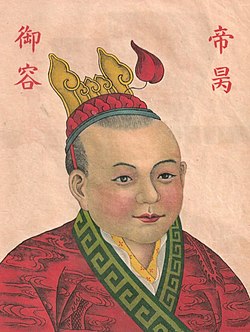 As legend has it, the local tea farmers fed the young emperor tea leaves as he wandered the countryside. These bushes were a hybrid off-shoot of Shui Xian, a known cultivated [likely] hailing from Wuyi Shan, all the way to the northeast. Allegedly, leaves revitalized the young emperor, staving off his exhaustion from the exile. Alas, the Mongols eventually did catch up to him, and he—and his guardian—jumped off a cliff.
As legend has it, the local tea farmers fed the young emperor tea leaves as he wandered the countryside. These bushes were a hybrid off-shoot of Shui Xian, a known cultivated [likely] hailing from Wuyi Shan, all the way to the northeast. Allegedly, leaves revitalized the young emperor, staving off his exhaustion from the exile. Alas, the Mongols eventually did catch up to him, and he—and his guardian—jumped off a cliff.
Afterwards, the tea trees in the region—that hadn’t been delineated as cultivar specific—took on a new name; Song Zhong, further emphasizing its connection to the late Southern Song emperor. Hundreds of years after that, further refinement of tea processing in the region occurred. Aside from growing Song Zhong from seed, Fenghuang farmers also developed cultivated varieties based upon difference leaf fragrances. By isolating these, they bred from grafts to further duplicate those aromatic profiles.
In the late 1700s, Dan Cong was officially listed as an imperial tribute tea, and the Fenghuang region its forebears. If it wasn’t from the Phoenix Mountain, it wasn’t Dan Cong. To this day, that’s still the case. As to how many “fragrance cultivar” sub-categories there are? I . . . have no idea. But there’s one I see more than any other, probably because it’s the most ubiquitous.
Mi Lan Xiang (“Honey Orchid Fragrance”) Dan Cong.
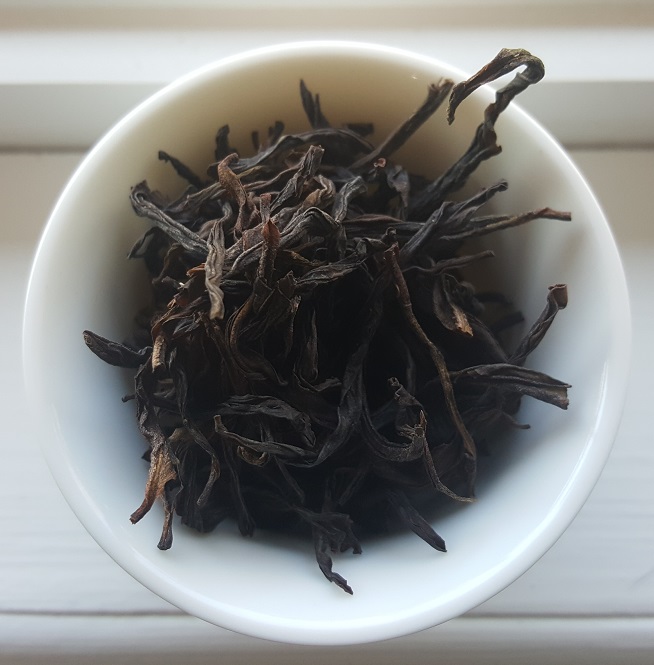
If Dan Congs were types of beer, Mi Lan would be Hefeweizen. Delicious, sure, but hardly rare or novel. If a vendor carried Mi Lan Dan Cong, that would be—like—the starter kit. And, yet, because of Mi Lan’s “basic” reputation, I don’t think gave it—or Dan Congs, in general—their just due. I honestly never thought I’d have much to say on the subject.
And then . . . no surprise here . . . Peter Jones of Trident Café passed on two Mi Lan Dan Congs that demanded attention.
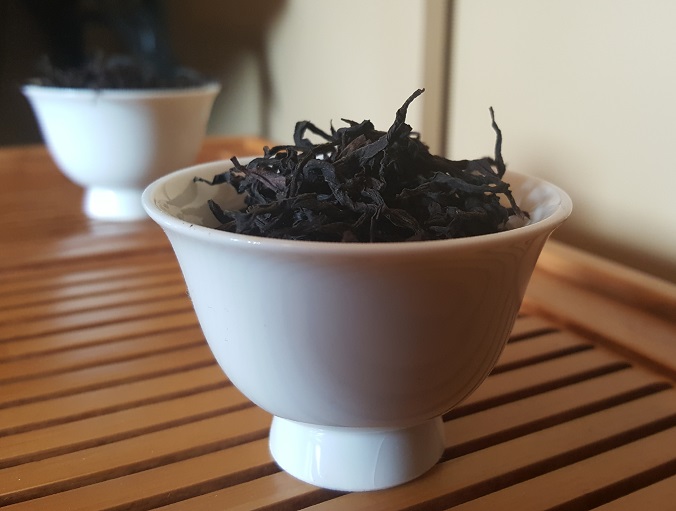
What set them apart? Well, both hailed from a tea producer couple I was quite familiar with; Cindy Chen and Mr. Zhou. While Cindy hailed from Wuyi—and there operation specialized in Wuyi oolongs and black teas—Mr. Zhou came from Raoping County. Specifically, Li Zhai Ping village, a part of greater Chaozhou city, on Fenghuang Mountain, in Guangdong province; in other words, Dan Cong country.
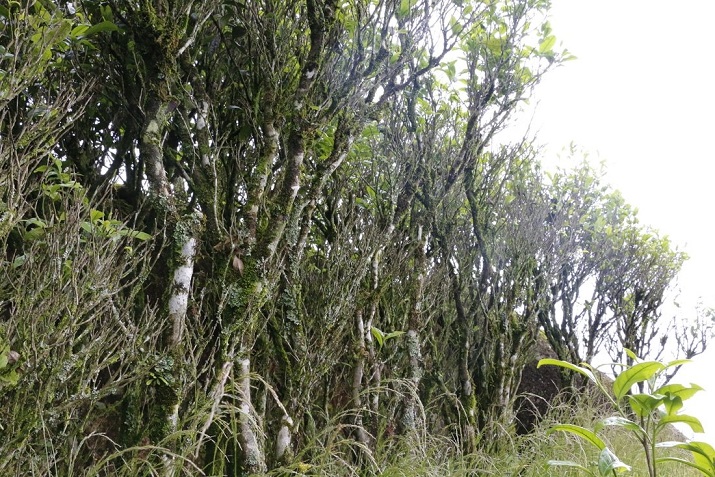
Mr. Zhou came from a family with an extensive history of making Dan Congs. From leaf material imported from very small farms in the surrounding villages, they crafted many different styles of Dan Congs, based upon the fragrant cultivars. Both the Mi Lan Dan Congs Peter sent my way hailed from a Li Zhai Ping garden that possessed trees over a hundred years old. Teas made from these old trees are often referred as Lao Cong (“old bush”), a classification I’d encountered before.
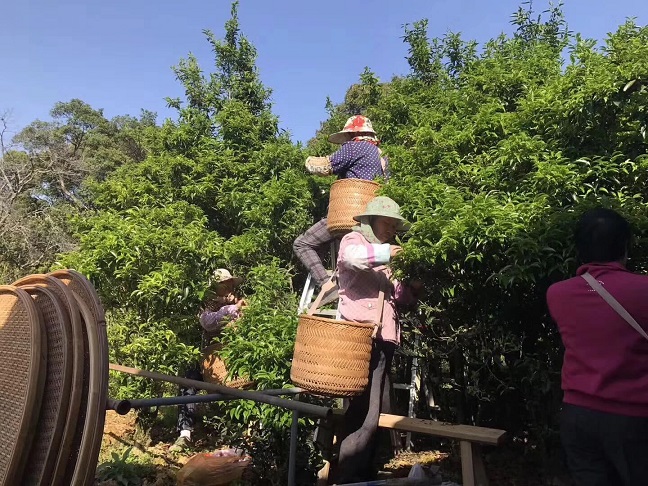
Both of these teas were from the spring 2019 harvest. I received them in early autumn. And I didn’t get around to brewing them until . . . the spring of 2020. Par for course with this blog.
For brewing, I approached both teas the same way. In order to not destroy my sensitive brain with caffeine, I opted for a gongfoolish approach, but slightly dialed back. Instead of three-plus infusions per tea, I only went with two. First infusion: twenty seconds. Second infusion: thirty seconds. This way I could properly experience the teas’ many nuances without getting totally slap-happy.
Lao Cong Mi Lan Xiang Dan Cong Oolong
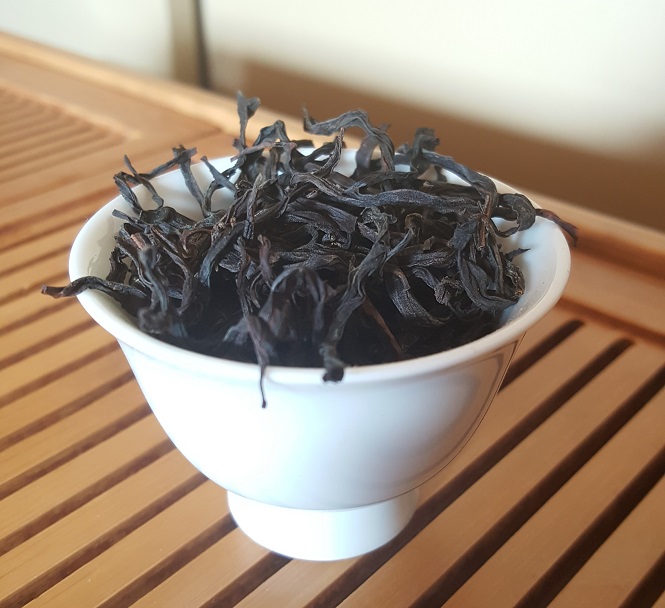
The leaves for the oolong version looked like every other Mi Lan I’ve encountered in my tea lifetime. They were long, twisty, roast-dark; save for the few red-tipped pieces in the fray. However, the smell was a marked departure from the average younger tree batch. Along with the usual floral bouquet and stone fruit sharpness, there was an apparent sweetness on the back-end. Not something I’d encountered on a whiff of any Dan Cong dry leaf—regardless of fragrant cultivar. The sweetness reminded me of . . . Crunchberries. Y’know, the Cap’n Crunch red berry looki- . . . y’know what? Nevermind. It was sweet, we’ll leave it at that.
The liquor for the first infusion brewed up to the usual light amber. That was a welcomed and comfortable return to the Dan Cong realm. So far, so good. The steam aroma, though, matched the dry leaf dichotomy—all sharpness, festive floweriness, and that strange sweetness on the back. On first sip, the flavorful forefront started off in the usual “honey orchid”-ish way, but veered off in the top note to dollop on a bit more nuance. Like . . . more “honey” and less “orchid”.
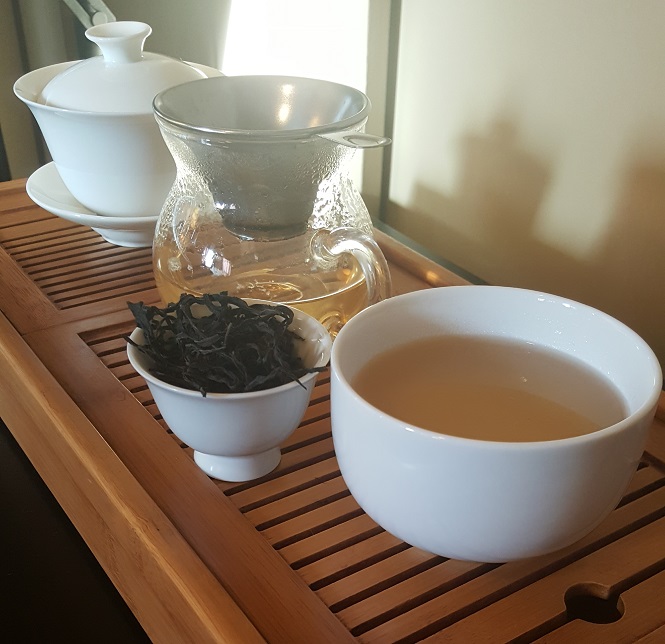
As for the second steep, well, it veered off-road even further. The Dan Cong-y sharpness was still there on the intro, but it swerved right into a honey-like texture and an agave nectar sweetness. And that just didn’t let up for further sips. If I were reaching, I’d even say some Wuyi-esque cassia notes showed up on the finish. By the end of that second cuppa, my brain felt creamy.
Lao Cong Mi Lan Xiang Dan Cong Hong Cha
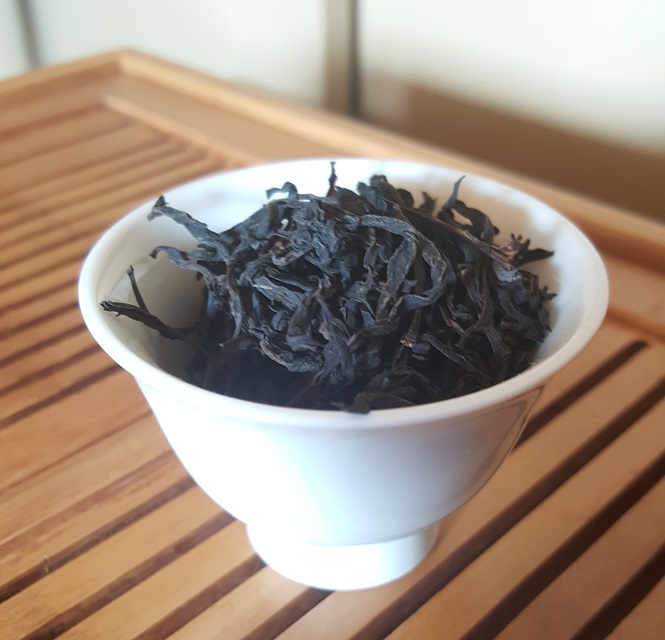
Unlike other Dan Cong blacks my tongue has tied itself around, this one differed in every way. First off, the leaf cut seemed smaller. Sure, from a quick glance, they looked like Dan Cong leaves—only darker—but the size and fragrance reminded me more of a Yunnan black tea. While the Dan Cong sharpness was there, a bug-bitten sweetness and a requisite earthiness also came through in the aroma. I was reminded of a sun-dried hong cha from the Dehong region, or a wild-crafted Lapsang Souchong from Wuyi, Fujian.
For a first infusion, this black tea brewed up pretty light, but—then again—I did only steep the first bit for twenty seconds. The liquor colored to a bold shade of mahogany, which was strange. And then I took a sniff, and the strangeness continued. Stone fruit sharpness took up the lion turtle’s share of the fragrance, but honey and nectarine sweetness rounded it out. The first sip was wild! I really don’t know how to describe it. This was so left field compared to any Dan Cong anything I’d tried before. I felt like I was tasting pureed honey orchids, after they’d been roasted. In custard form.

Second steep didn’t color up that much darker, and the aromatic paradigm shift was relatively similar. Same with the taste. If I could say anything, it just had more of everything. Like a blockbuster sequel made into a tincture, applied under the tongue.
I’m not going to pick a favorite since both teas were far too different from each other. That would be like picking a favorite niece; can’t do it. Although, I would say—as a daily drinker—I’d probably gravitate more to the black tea, just out of habit.
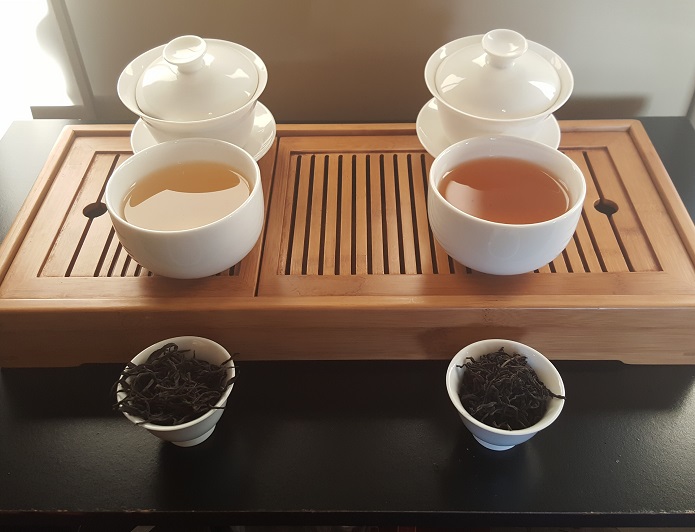
What surprised me is how vibrant these flavors were, coming from century-old clones. Oftentimes, I hear that tea tree clones don’t retain flavor or nutrient content after thirty-to-sixty years. Clearly, though, that’s not always the case; if the bushes are well taken care of. Given how wild and varied both of these teas were, I’d say they’re doing just fine.
Me on the other hand . . .
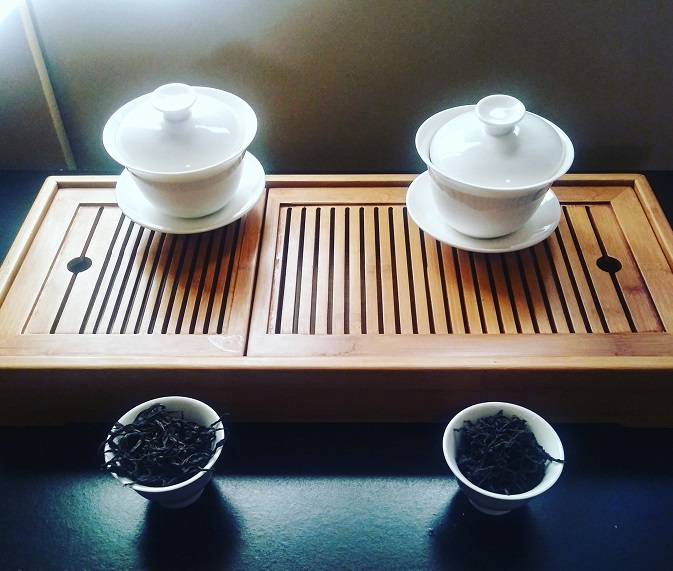
The old tree teas got me feeling young at heart, and I didn’t think that was medically possible.
For inquiries about these two teas, go HERE.
Leave a Reply to Xavier Cancel reply